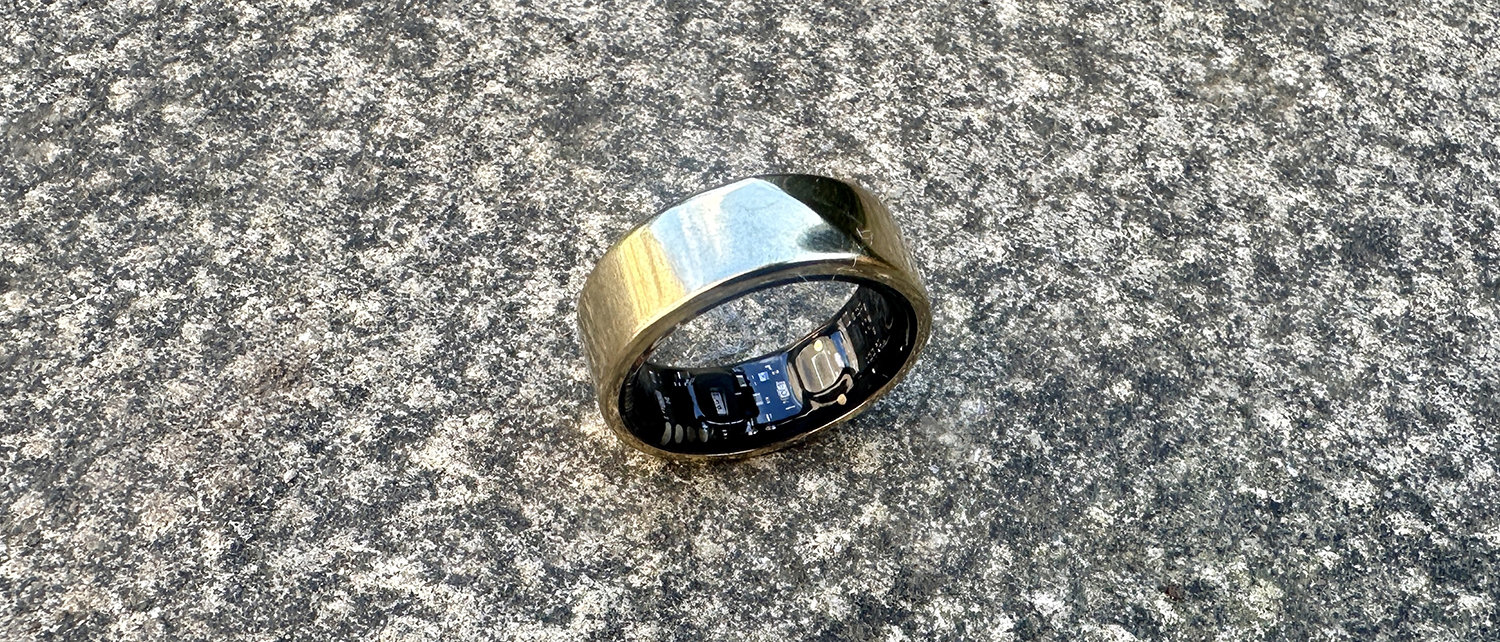TechRadar Verdict
The Noise Luna Ring (Gen 1) is a sleep and health tracking smart ring with lots of potential, but it’s launching into a competitive space dominated by big names like Oura and more affordable picks from Amazfit and RingConn. While the Luna Ring delivers solid data, helpful insights, and a comfortable fit, the overall experience lacks the refinement you’d expect at this price point. For a first-generation product, it’s impressive. But knowing how strong the competition is, it’s hard to recommend unless you’re actively avoiding subscriptions (like Oura’s) and have some extra budget to play with.
Pros
- +
Clear, helpful insights
- +
Good sleep tracking accuracy
- +
Comfortable, lightweight fit
Cons
- -
Not as slim or premium as rivals
- -
Less than average battery
- -
High price without a clear advantage
Why you can trust TechRadar
Noise Luna Ring (Gen 1): One-minute review
Smart rings are having a moment, and the Noise Luna Ring (Gen 1) wants in. While it’s not technically the brand's first ring, this version is being positioned as its first official release. It’s entering a space packed with competition, from premium names like Oura to value picks like the Amazfit Helio. So, how does it hold up?
The Luna Ring gets quite a lot right. It’s comfortable to wear day and night, tracks sleep and health metrics well, and offers genuinely helpful insights in the app – I liked the explanations of why scores or stats were outside of my usual range and a little “Health Monitor” dashboard gives you a quick glance at your key vitals.
But it also feels like a work in progress. The app is packed with info, but the copy and UI still need refinement. The design isn’t as sleek as some rivals – my gold version looked a little chunky and plasticky – and the battery life is a little less than rivals. There are also some quirks, like a clunky AI chatbot and occasional syncing glitches.
That said, Noise seems to know this. A second-gen version is already on the way, with promised upgrades to charging, battery, stress tracking, and design. I’m already feeling pretty confident it’ll enter our best smart rings guide in a strong position.
However, that leaves the Gen 1 I’m reviewing here in a tricky spot. Because I liked it, but with Gen 2 on the horizon and stronger rivals already on shelves, it’s hard to recommend right now – unless you’re specifically avoiding subscriptions and are happy to support an evolving brand.
Noise Luna Ring (Gen 1) review: Price and availability
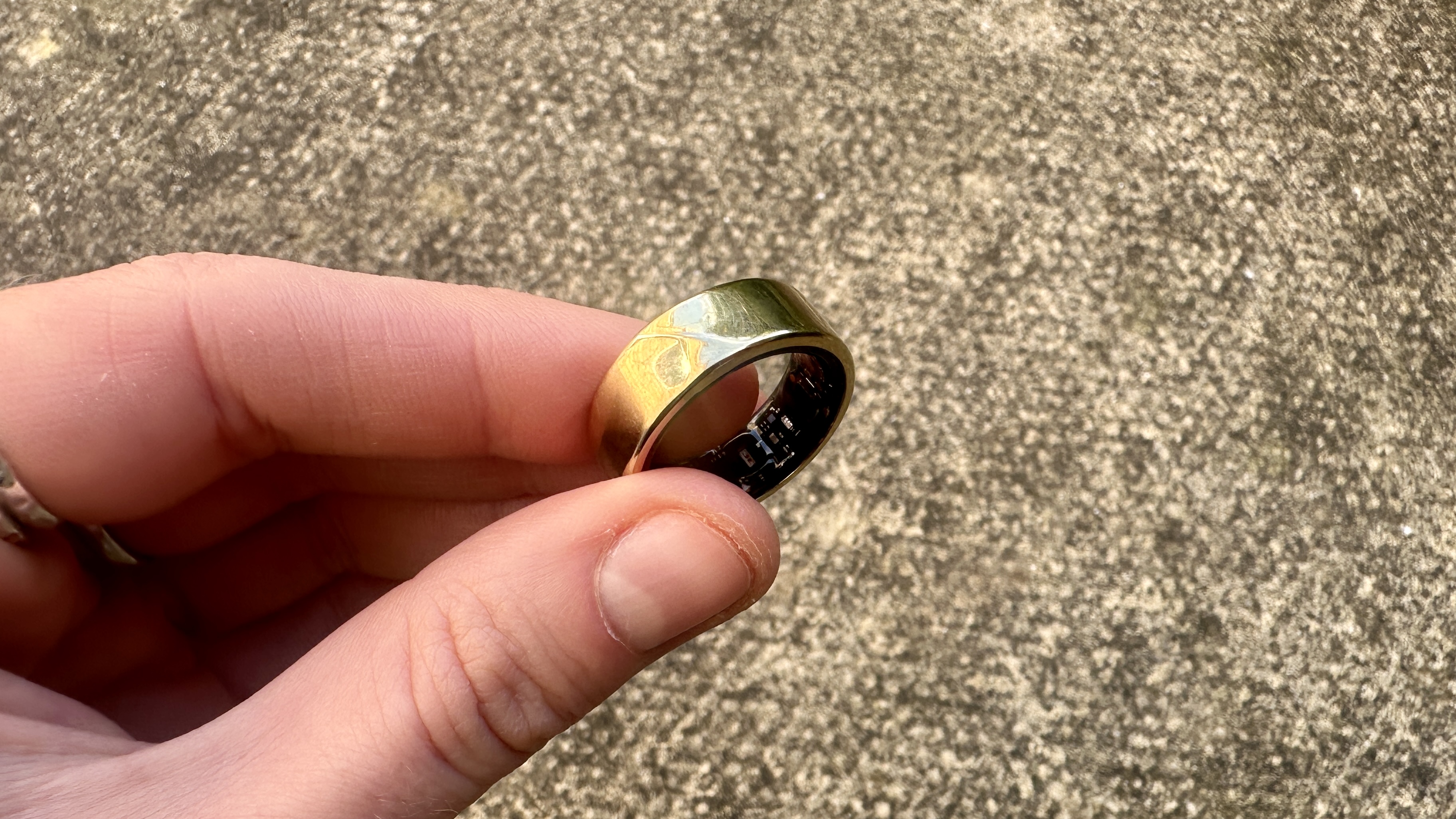
- Available now for $300 / around £234 / AU$500
- Pricier than a lot of the competition
- Comes in several colors
The Noise Luna Ring (Gen 1) is priced at $300 / around £234 / AU$500, and comes in silver, gold, matte black, rose gold, and shiny black.
It’s cheaper than the Oura Ring Gen 4, which starts at $349 / £349, though premium finishes cost more – and Oura requires a monthly subscription for full feature access. The Samsung Galaxy Ring is more expensive than both at $399 / £399 / AU$749.
However, it’s significantly more expensive than budget-friendly rivals, like the Amazfit Helio Ring (around $199.99 / £169 / AU$269), which I recently tested and rated highly as a more affordable choice.
While not as expensive as the more premium picks, it’s still bold pricing for a new player. And while the Luna Ring holds its own in some ways, it’s hard to justify that price when refinement and hardware polish fall just a little short.
- Value score: 3.5 / 5
Noise Luna Ring (Gen 1) review: Specifications
Colors | Silver, gold, rose gold, black, matte black |
Weight | 3-4g (depending on size) |
Material | Titanium |
Battery life | Up to 5 days |
Connectivity | Bluetooth |
Waterproofing | Up to 50m/164 ft |
Noise Luna Ring (Gen 1) review: Design
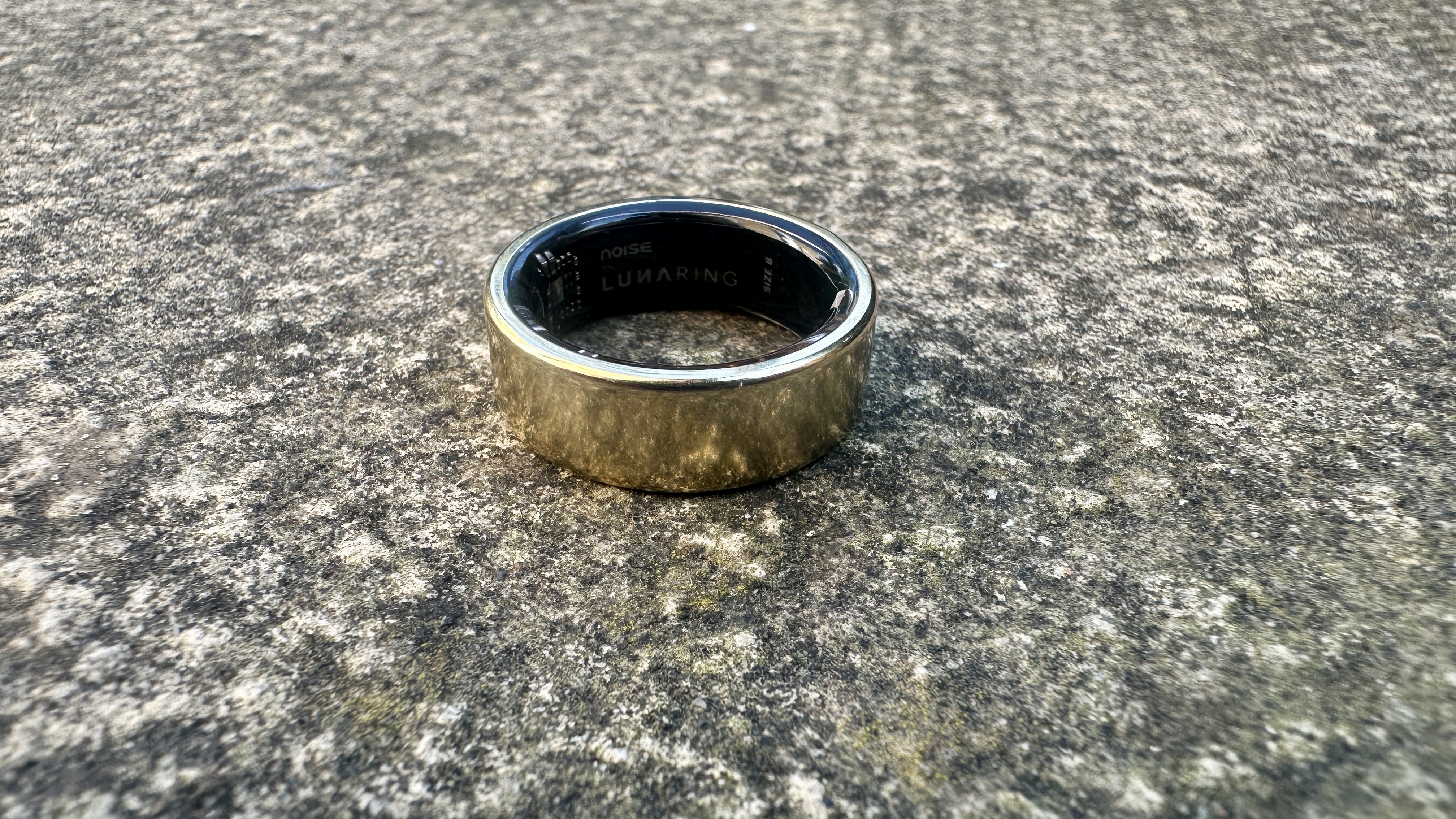
- 3-4g depending on the size you get
- A very comfortable fit
- Felt a tad less refined than rivals
The Luna Ring is lightweight and comfortable, even for sleep tracking – and that’s no small thing. I wore it 24/7 during testing and rarely noticed it was there.
That said, it’s a little chunkier than rivals like the Oura or Amazfit Helio rings, standing off my finger slightly more despite being the correct size. Only ever so slightly, but that’s still significant on a ring this size. I ended up wearing it on my index finger for this reason, where it felt the most balanced.
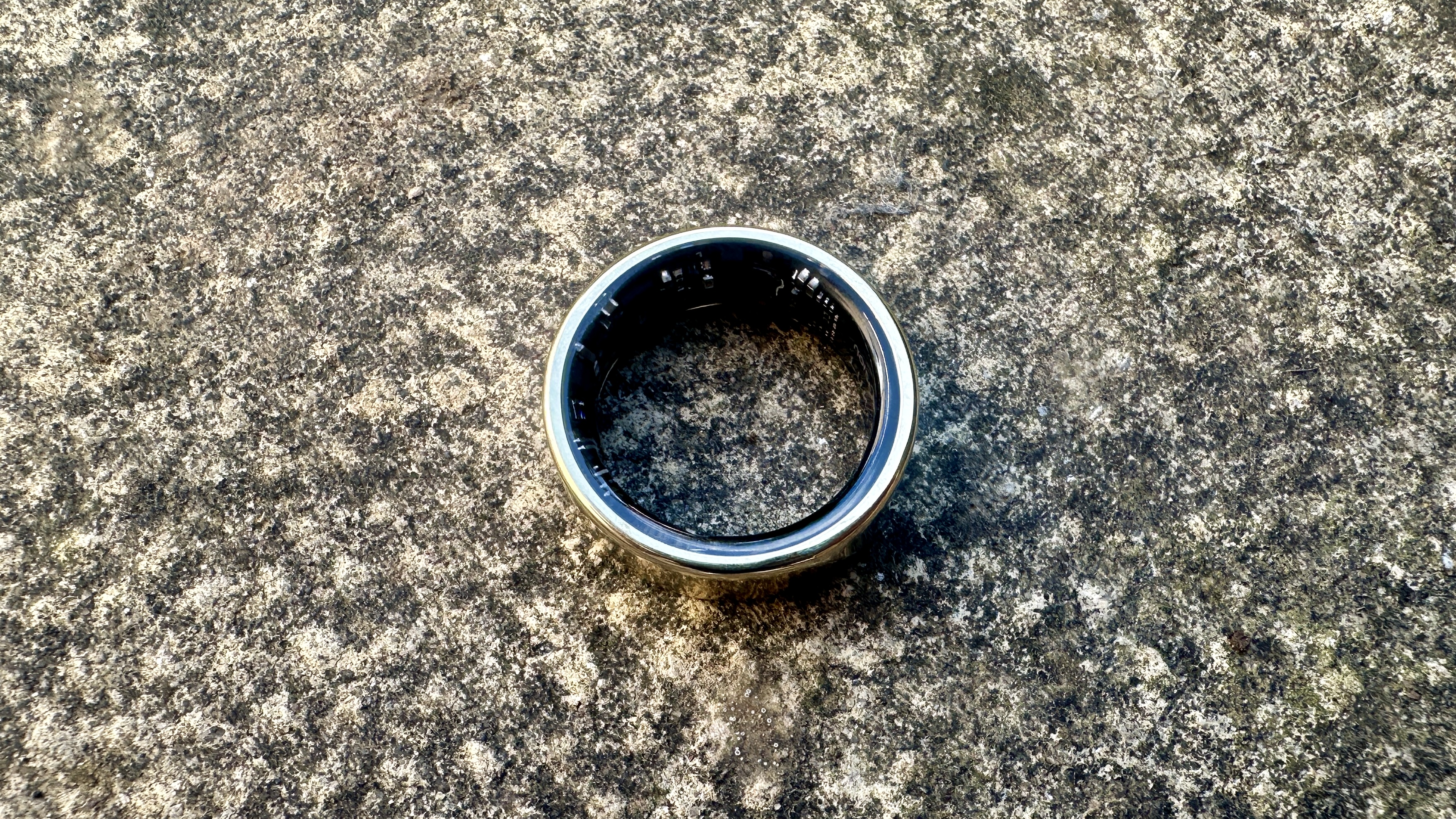
I was sent the gold version, and personally, I wasn’t a fan. The shiny gold finish cheapened the look and made the ring feel plasticky. I think other colorways would be a better bet for most people and there are plenty to choose from here – though be warned that matte finishes do tend to scratch more easily in my experience.
As ever, design is subjective. I know a lot of people like the bold, gold and shiny look. But Luna’s overall build feels just a tad less premium than the top smart rings on the market, especially considering the price. It’s worth mentioning here that the Noise team tells us the Gen 2 version will be smaller and lighter.
- Design score: 3.5 / 5
Noise Luna Ring (Gen 1) review: Features
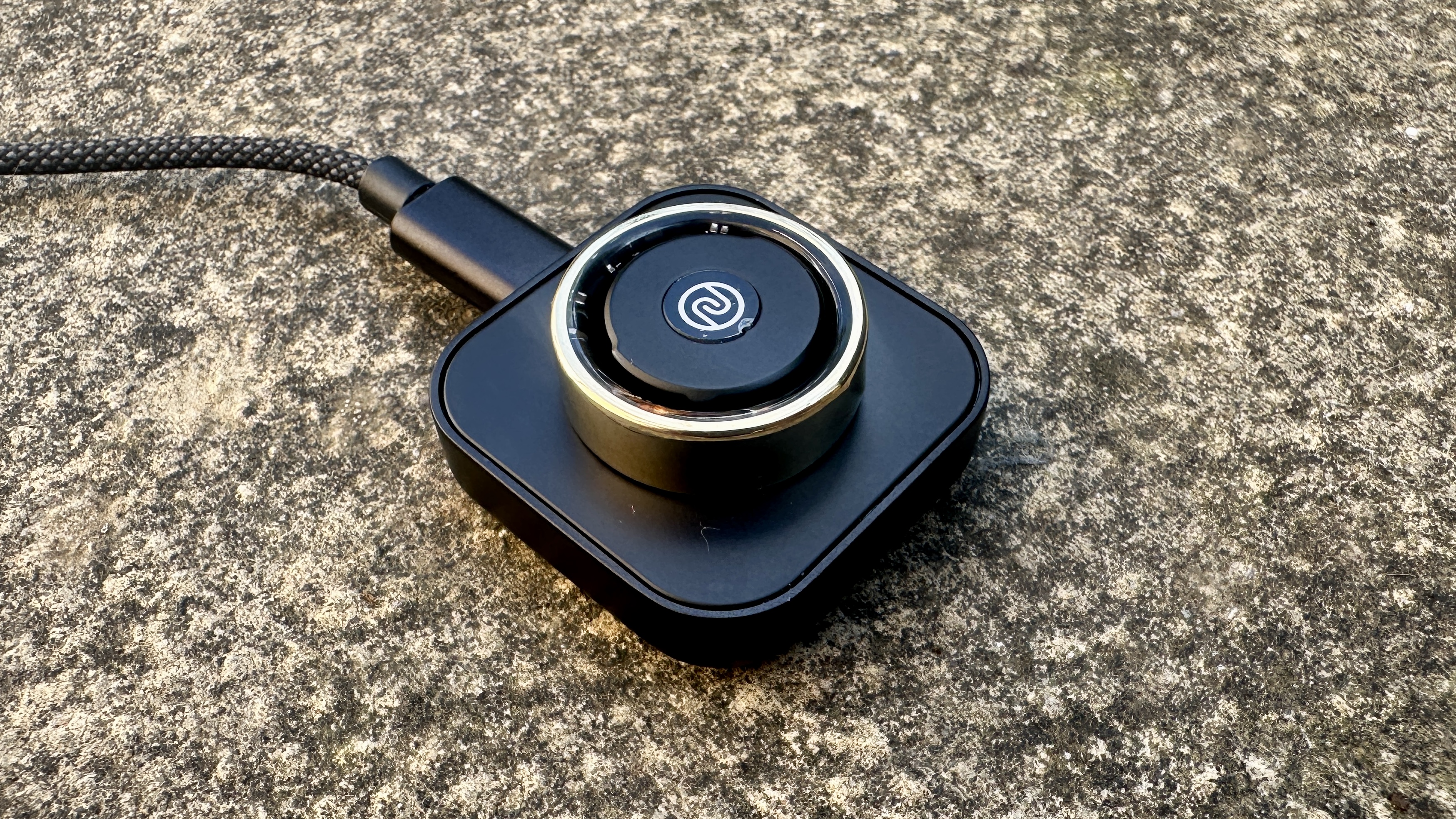
- Loads of data tracked
- LunaAI assistant needs work
- Adequate workout tracking
The Luna Ring tracks a wide range of metrics from its tiny sensors, including sleep stages and sleep score, resting heart rate (RHR), respiratory rate, HRV (heart rate variability), blood oxygen (SpO2), temperature changes, stress, activity score, readiness score and more.
That’s everything you'd expect from a full-featured health tracker, and the Health Monitor dashboard is a particularly nice touch. It gives you a quick snapshot of how your core metrics are doing day to day, without needing to scroll through graphs. I found myself using it regularly, especially when I didn’t want to dive into the data.
The ring also includes basic workout tracking, with activity options like walking, running, cycling, football, and freestyle modes. It’s not built for serious training – no smart ring is yet – but the inclusion is still useful. You can also sync workouts from third-party apps via Google Fit and Apple Health.
Then there’s LunaAI, which is a chatbot-style assistant baked into the app. It’s clearly a flagship feature for the brand, but right now, it feels undercooked. It can provide explanations for sleep and recovery metrics, and even build basic workout plans. But when it told me I’d “exceeded my sleep by 27,690 seconds,” I wasn’t exactly blown away. Technically true, but not exactly meaningful, similar to the AI insights on Garmin Connect+. It’s more a glossary and content hub than a true AI assistant.
As for the app itself, I really liked it. The layout is intuitive, the calming colors are nice, and the home screen dashboard feels Oura-inspired in a good way. On the home screen you'll find everything you need to know about your day and how you’re doing. Then along the menu bar your data is divided into Sleep, Readiness and Activity, all of this is on the home page, but you can dig deeper in each of the dedicated sections.
My only bugbear with the app is the copy could use refinement. Some of the text sounds clunky and is oddly worded and also looks quite tiny, which takes the shine off what is otherwise a premium-feeling experience.
- Features score: 4 / 5
Noise Luna Ring (Gen 1) review: Performance
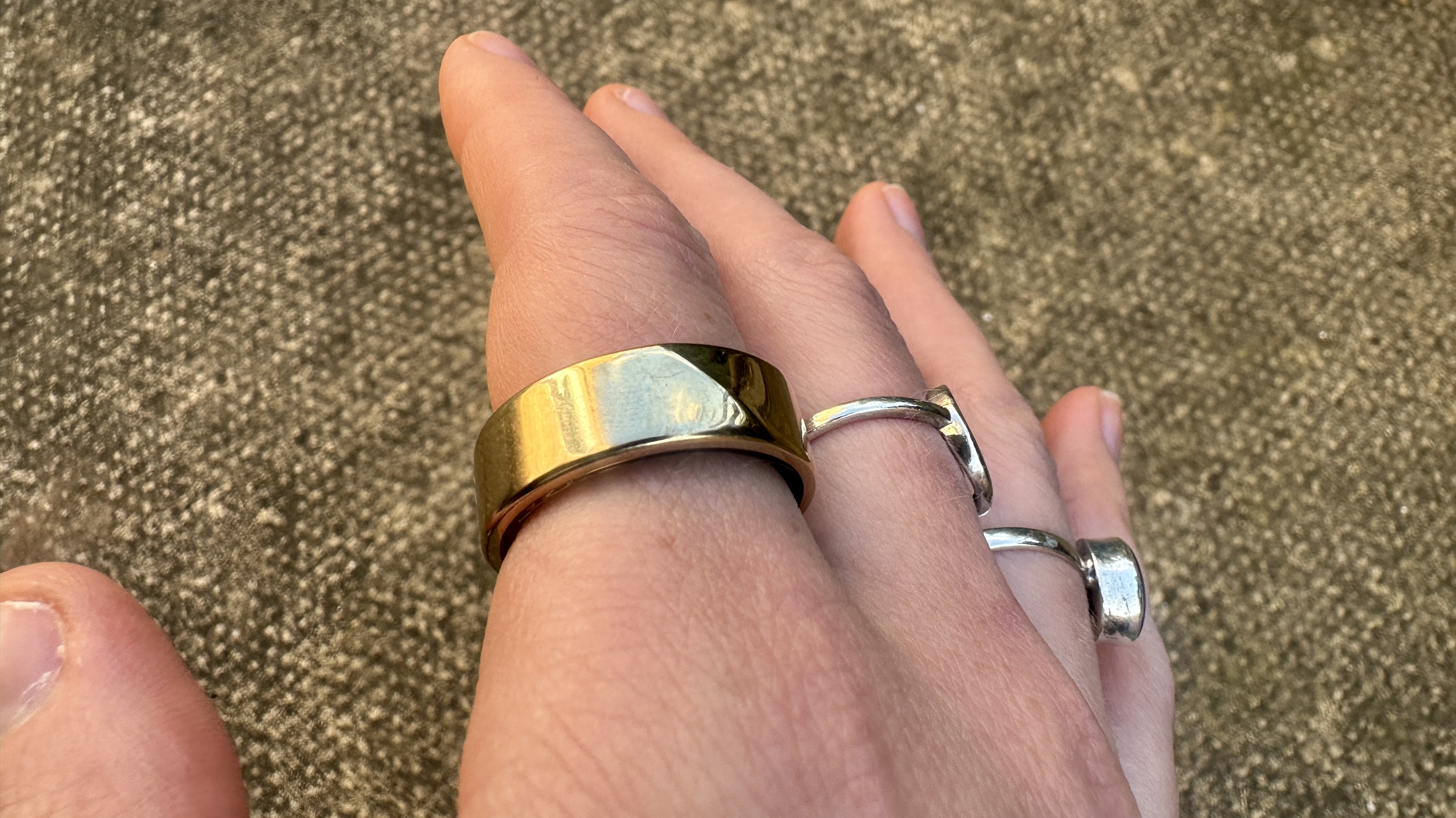
- Good sleep tracking
- Nice contextual insights
- Disappointing 3-4 days battery life
Overall, performance was solid, especially when it came to sleep tracking, which is clearly a key focus for the Luna Ring. It accurately picked up my sleep and wake times, even on restless nights (which many trackers have missed). You get detailed sleep stage breakdowns, insight into what’s affecting your score, and helpful trends over time. The sleep planner is also a great addition, letting you set sleep and wake targets to build a more consistent routine – perfect if you’re trying to reset your sleep habits.
Activity tracking is more of a mixed bag. There are several workout modes available, but none dedicated to strength training or yoga – my two go-to workouts. That said, the freestyle mode delivers decent data, including duration, calories burned, max and min heart rate, and a well-designed bar graph showing your time in heart rate zones. If more activity types were included, you'd likely get more accurate calorie data, but as a general log, it’s fine. Syncing with Apple Health or Google Fit helps fill in the gaps if you’re already using another fitness platform.
Accuracy overall was strong. I tested the Luna Ring alongside several other smart rings and wearables, and the data for heart rate and sleep consistently matched up. Step counts were slightly underreported at times, but never dramatically so.
Connectivity was decent once things were set up. I ran into a few syncing issues during setup and when the battery was running low, but after that it was mostly smooth sailing. Bluetooth pairing worked reliably, and the app refreshed with new data quickly.
One feature I genuinely appreciated was the contextual insights. When, for example, my temperature deviated from its usual range, the app didn’t just flash a warning – it explained what might cause the change and how to address it. This kind of guidance makes the Luna Ring feel smarter than many other wearables, which often highlight problems without offering any helpful next steps.
That said, the in-app advice's tone and wording could use some polishing to better match the premium feel Noise is aiming for. At times, the wording felt slightly robotic or abrupt. For example, when some of my data synced, the app flagged it with a red alert that simply said “Pay attention”, which felt vague and a bit cold, especially in that context.

Another time I received a “Proceed as planned” message after a strong readiness score. Technically accurate, but it lacked warmth or context, making the experience feel slightly jarring. I don’t expect emotional support from a wearable, but I do expect the language to feel well-considered and aligned with the rest of the experience. Right now, the tone just doesn’t quite land. Other wearables strike a better balance here.
Battery life, however, is one of the Luna Ring's weak spots. Luna claims 5–6 days, but I consistently got just under 4. That’s significantly shorter than the Oura Ring 4 (6 days), Ultrahuman Ring Air (6–7 days), and even the upcoming Samsung Galaxy Ring (up to 7 days). Battery life is crucial in a smart ring – the whole appeal is wearing it 24/7, and frequent charging breaks that flow. This is one of the areas the brand says it will improve in Gen 2, and it absolutely needs to.
Charging is handled via a small base, which requires placing the ring in a very specific position to connect. It’s not intuitive at first, but becomes second nature with regular use – still, a snap-on charger would be much easier.
- Performance: 4 / 5

Scorecard
Attributes | Notes | Rating |
|---|---|---|
Design | Light and comfortable, but chunkier than rivals and the finish could be more premium. | 3.5 / 5 |
Features | Good range of metrics and standout health summaries, but some features (like LunaAI) feel half-baked. | 4 / 5 |
Performance | Sleep and recovery tracking are strong. Battery life is a little low and there a few quirks, but I still found it enjoyable and helpful to use. | 4 / 5 |
Value | It’s solid, but hard to justify the price when better-designed, more polished options are available at only a little more. | 3 / 5 |
Should I buy the Noise Luna Ring (Gen 1)?
Buy it if…
You’re looking for an Oura alternative without a subscription
It’s a little cheaper than the Oura, and you don’t need to pay to subscribe, which is a plus.
You want a ring that goes beyond basic stats
I felt like the explanations and info presented here could genuinely help me make positive changes rather than bombard me with stats.
You’re comfortable supporting a product that’s still evolving
Let’s be clear, it’s good. It just has that Gen 1 feel because, well, it is and a newer version is on the way soon.
Don’t buy it if…
You’re on a budget: There are cheaper smart rings that offer many of the same metrics and will give you a similar experience.
You’re not in a rush: A Gen 2 version is already on the way imminently with some design and feature upgrades that could address many of my issues with the Gen 1.
You expect premium hardware at this price: It doesn’t quite match up to the best rings on offer, but it’s not too far off.
Noise Luna Ring (Gen 1): Also consider
Oura Ring 4
A more refined smart ring experience, with great app design, color options, and accurate tracking. But it’s pricier – and you’ll need a subscription to unlock all the features.
Read our full Oura Ring 4 review
Amazfit Helio Ring
A surprisingly capable smart ring at a lower price point. It lacks some of the health insights of premium rings, but it’s a great option for fitness fans on a budget.
Read our full Amazfit Helio review
How I tested the Noise Luna Ring (Gen 1)
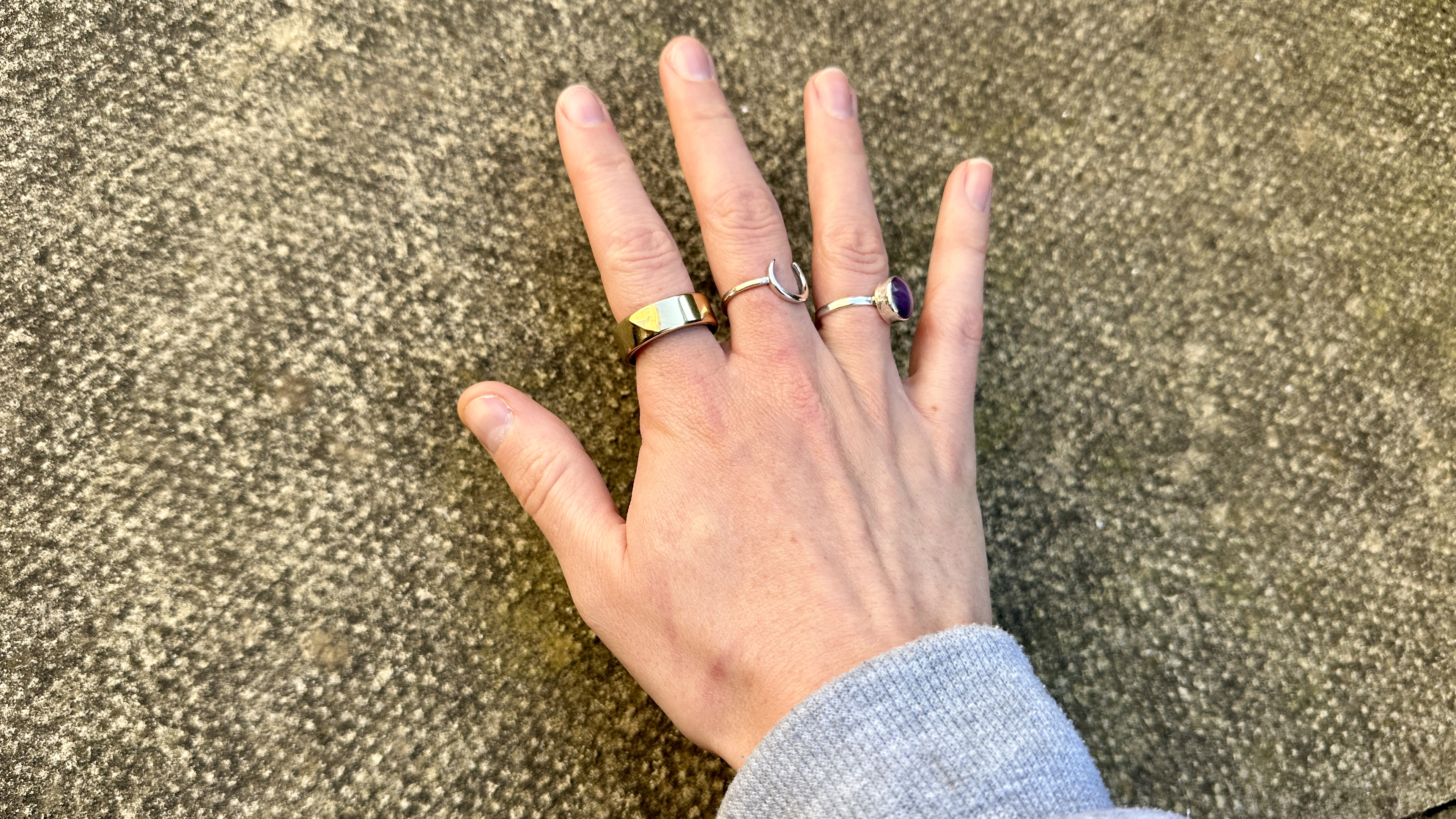
- Paired with an iPhone 14 Pro
- Wore the ring 24/7
- Tested loads of wearables over 12+ years
I tested the Noise Luna Ring (Gen 1) for several weeks, paired with an iPhone 14 Pro. I wore it 24/7 – through outdoor runs, gym sessions, long workdays in coffee shops, evenings at home, and while sleeping. The only time I took it off was for charging and showers (even though it’s waterproof, I didn’t want to risk soap and shampoo interfering with the sensors).
I’ve tested dozens of wearables over the past decade, including smart rings from Oura, Ultrahuman, RingConn, Motiv, and more. Having worn so many, I’ve got a strong sense of what makes a smart ring truly useful – from design and comfort to performance, app quality, and long-term wearability.
- First reviewed in April 2025
Becca is a contributor to TechRadar, a freelance journalist and author. She’s been writing about consumer tech and popular science for more than ten years, covering all kinds of topics, including why robots have eyes and whether we’ll experience the overview effect one day. She’s particularly interested in VR/AR, wearables, digital health, space tech and chatting to experts and academics about the future. She’s contributed to TechRadar, T3, Wired, New Scientist, The Guardian, Inverse and many more. Her first book, Screen Time, came out in January 2021 with Bonnier Books. She loves science-fiction, brutalist architecture, and spending too much time floating through space in virtual reality.
You must confirm your public display name before commenting
Please logout and then login again, you will then be prompted to enter your display name.
